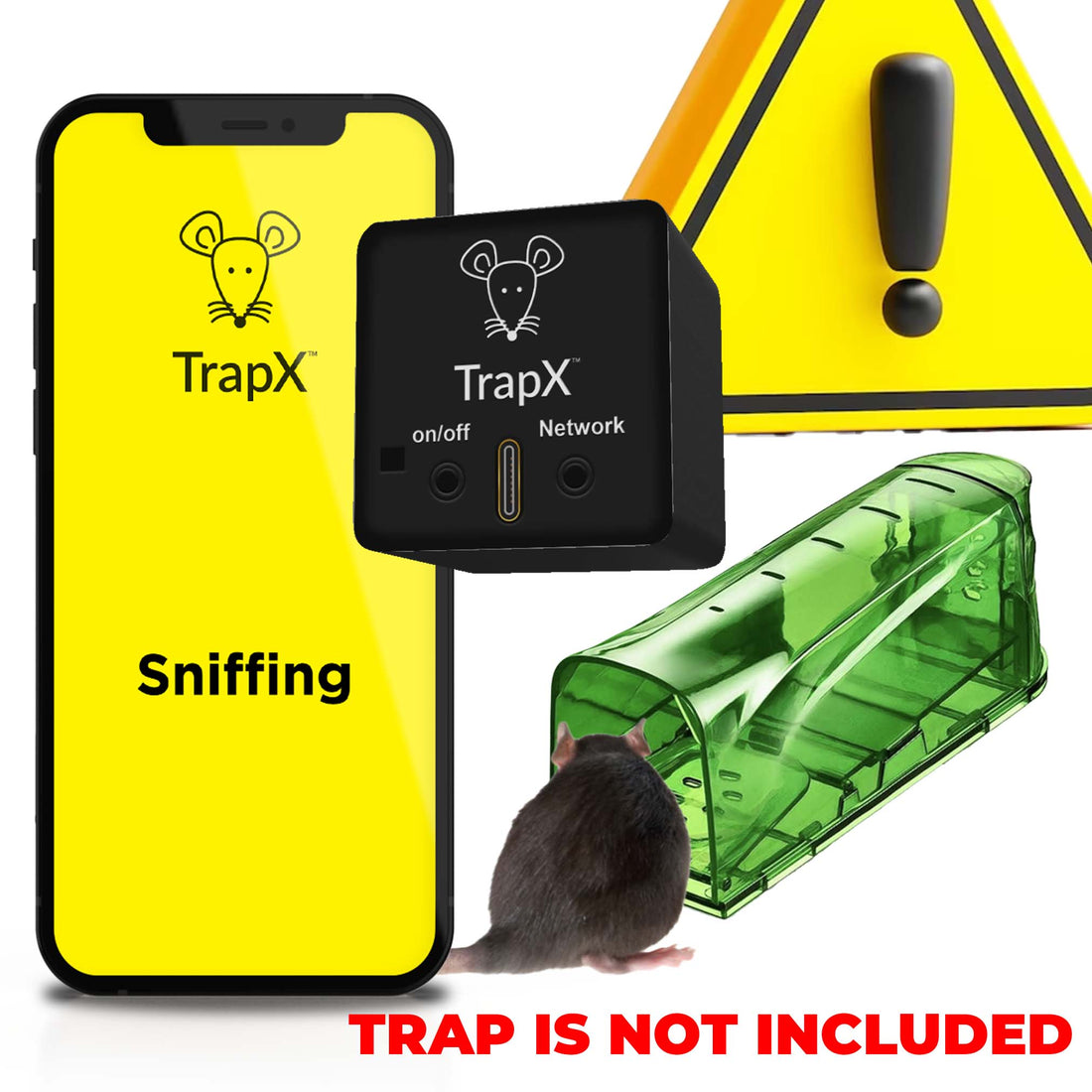Innovative Rodent Sensor: Revolutionizing Pest Control for Everyone
Share
In the world of pest control, the introduction of the innovative rodent sensor holds the promise of a cleaner, safer, and more efficient way to manage rodent infestations. The general public, as well as pest control professionals, can benefit significantly from understanding and utilizing this technology. This comprehensive article delves into the various aspects of innovative rodent sensors, their benefits, and their application in everyday life.

Understanding the Innovative Rodent Sensor
The innovative rodent sensor is a state-of-the-art device designed to detect the presence of rodents in any given area. Unlike traditional rodent traps that rely on physical mechanisms to catch rodents, these sensors use advanced technology to identify rodent activity and send alerts in real-time. This allows for timely intervention and efficient pest management.
How Do Rodent Sensors Work?
Rodent sensors utilize a combination of motion detection, heat sensing, and sound wave technology to accurately detect the presence of rodents. When a rodent enters the monitored area, the sensor picks up on the movement or heat signature and triggers an alert. This alert can be sent to a smartphone, computer, or any other connected device, allowing users to take immediate action.
Why Choose Innovative Rodent Sensors?
The primary advantage of using innovative rodent sensors is their ability to provide real-time updates and notifications. Traditional traps often require regular checking and maintenance, which can be time-consuming and inefficient. With rodent sensors, users are instantly informed of any rodent activity, enabling prompt action to address the issue. This not only saves time but also ensures that infestations are managed effectively.

Benefits of Innovative Rodent Sensors
The benefits of using innovative rodent sensors are numerous and significant:
- Early Detection: Early detection of rodent activity can prevent infestations from escalating, saving both time and money.
- Non-Invasive: Rodent sensors are non-invasive and can be installed without disrupting the environment.
- Real-Time Monitoring: Continuous monitoring provides peace of mind, knowing that any rodent activity will be promptly reported.
- Cost-Effective: Over time, the use of rodent sensors can reduce the need for extensive pest control measures, making it a cost-effective solution.
- Environmentally Friendly: Rodent sensors contribute to ethical pest control practices by reducing the need for chemical treatments and traps.
For those interested in ethical pest control practices, read more about ethical pest control on our blog.

Applications in Various Settings
Innovative rodent sensors can be used in a wide range of settings, including residential homes, commercial establishments, agricultural sites, and public spaces. Their versatility and effectiveness make them suitable for any area prone to rodent activity.
Residential Homes
Homeowners can benefit greatly from the use of rodent sensors. These devices can be placed in attics, basements, kitchens, and other areas where rodents are likely to be found. By receiving real-time alerts, homeowners can take immediate action to address any rodent activity and prevent infestations.
Commercial Establishments
For businesses, especially those in the food industry, maintaining a rodent-free environment is crucial. Rodent sensors can help ensure that any rodent activity is detected early, allowing businesses to maintain hygiene standards and avoid potential health violations. Learn more about managing rodent infestations in commercial settings by reading our article on rodent infestations.
Agricultural Sites
Agricultural sites are particularly vulnerable to rodent infestations, which can cause significant damage to crops and stored goods. Innovative rodent sensors can help farmers monitor rodent activity and take preventative measures to protect their livelihood.
Public Spaces
Public spaces, such as parks, schools, and hospitals, can also benefit from the use of rodent sensors. Keeping these areas rodent-free is essential for public health and safety. By employing innovative rodent sensors, administrators can ensure a clean and safe environment for all.
Implementing Rodent Sensors in Your Pest Management Strategy
Integrating innovative rodent sensors into your pest management strategy is a straightforward process. Here are some steps to consider:
1. Identify High-Risk Areas
Begin by identifying the areas most susceptible to rodent activity. These are typically areas with food sources, shelter, and access points for rodents. Once identified, place the sensors in these locations to maximize their effectiveness.
2. Install and Monitor
Install the rodent sensors according to the manufacturer's instructions. Ensure that they are placed in optimal positions for detecting rodent activity. Once installed, monitor the sensors regularly through the connected devices to receive real-time updates.
3. Take Prompt Action
Upon receiving an alert from the rodent sensor, take immediate action to address the issue. This could involve setting traps, sealing entry points, or contacting a professional pest control service. Prompt action is crucial to prevent the infestation from spreading.
4. Evaluate and Adjust
Periodically evaluate the effectiveness of the rodent sensors and make any necessary adjustments to their placement or settings. Continuous improvement is key to maintaining a rodent-free environment.
For more tips on pest management and rodent control, visit our article on pest management.
Future of Rodent Control: Innovations and Trends
The future of rodent control looks promising, with continued advancements in technology and a growing emphasis on ethical pest control practices. Innovative rodent sensors are just the beginning. Here are some trends to watch for in the coming years:
Smart Home Integration
As smart home technology becomes more prevalent, rodent sensors will likely become an integral part of home automation systems. This will allow for seamless integration and more efficient pest management.
Enhanced Sensory Capabilities
Future rodent sensors may incorporate enhanced sensory capabilities, such as the ability to differentiate between different types of rodents or even identify specific behaviors. This will provide more detailed insights and enable targeted interventions.
Sustainability
With a growing focus on sustainability, future innovations in rodent control are expected to prioritize environmentally friendly solutions. This includes reducing the use of harmful chemicals and promoting humane methods of pest control.
Data Analytics
The use of data analytics in rodent control is on the rise. By analyzing data collected from rodent sensors, pest control professionals can identify patterns and trends, leading to more effective and proactive pest management strategies.
Collaboration and Awareness
Increasing collaboration between pest control experts, researchers, and the general public will drive innovation and awareness in rodent control. Education and community involvement are essential for the successful implementation of new technologies and practices.
For those interested in the latest advancements in rodent control technology, check out our article on mouse trap sensors.
Conclusion
The advent of the innovative rodent sensor marks a significant milestone in the field of pest control. These devices offer a modern, efficient, and ethical solution to managing rodent infestations, benefiting both the general public and pest control professionals. By embracing this technology and staying informed about future trends, we can collectively work towards a cleaner, safer, and more sustainable environment for all.
Ready to take control of your rodent problem? Make a purchase of our innovative rodent sensor here.
As an Amazon Associate, I earn from qualifying purchases.
